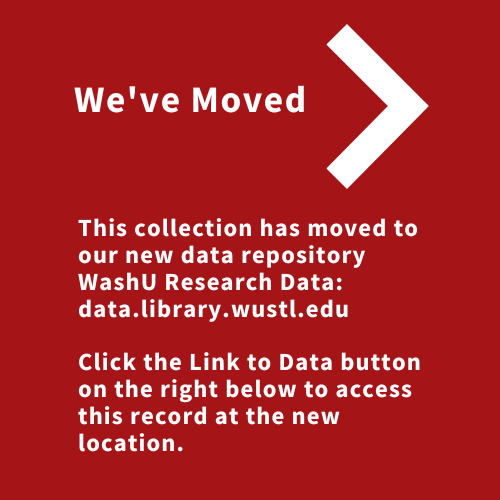High resolution land use classification using combined spectral indexing from single scene remote imagery.
ResourceType
Dataset
DOI
https://doi.org/10.7936/1f9b-f396
Embargo Period
6-1-2019
Grant/Award Number and Agency
MAGEEP/WAshU; Geoeye foundation
funderName
MAGEEP/WAshU; Geoeye foundation
Abstract
The availability of high resolution, multispectral satellite imagery has transformed the potential to quantify changes in land use and land cover at increasingly smaller scales, thus shifting the focus of remote land cover reconstruction from broad, summarial characterizations to more nuanced, time-sensitive ecological snapshots. While overview characterizations continue to provide highly useful data, detailed local assessments of short term land cover change offer new opportunities to analyze localized ecological feedback between cultural systems and environmental transformations, for example in tropical jungles of Indonesia affected by environmental disasters. The complex vegetative mosaic of such environments can pose challenges to traditional reclassification approaches that rely heavily on specific vegetation indexes such as NDVI, since localized land cover changes can often go unnoticed within a particular spectral range and alternative indices can be hard to predict. Here we outline a methodology for discriminating “combined index pairs” that accurately distinguish and classify the distribution of nuanced land use types using high-resolution multispectral satellite imagery (tested against known test areas). Our model discriminates the most effective pair-wise combinations of multi-spectral reflectance indices and deploys these pairs to accurately classify land cover in a complex tropical jungle mosaic. Given the extensibility of our approach, the methodology presented here offers a novel technique for identifying an improved means of classifying single-scene images using commonly available spectral indices, creating a versatile tool that yields accurate classifications of nuanced environmental settings using minimal data inputs.
Language
en
Rights
http://creativecommons.org/licenses/by/4.0/
Creative Commons License

This work is licensed under a Creative Commons Attribution 4.0 License.
Recommended Citation
Frachetti, Michale D.; Coco, Emily; and Nobels, Todd, "High resolution land use classification using combined spectral indexing from single scene remote imagery." (2019). Digital Research Materials (Data & Supplemental files). 14.
https://openscholarship.wustl.edu/data/14
Publication Date
2019


